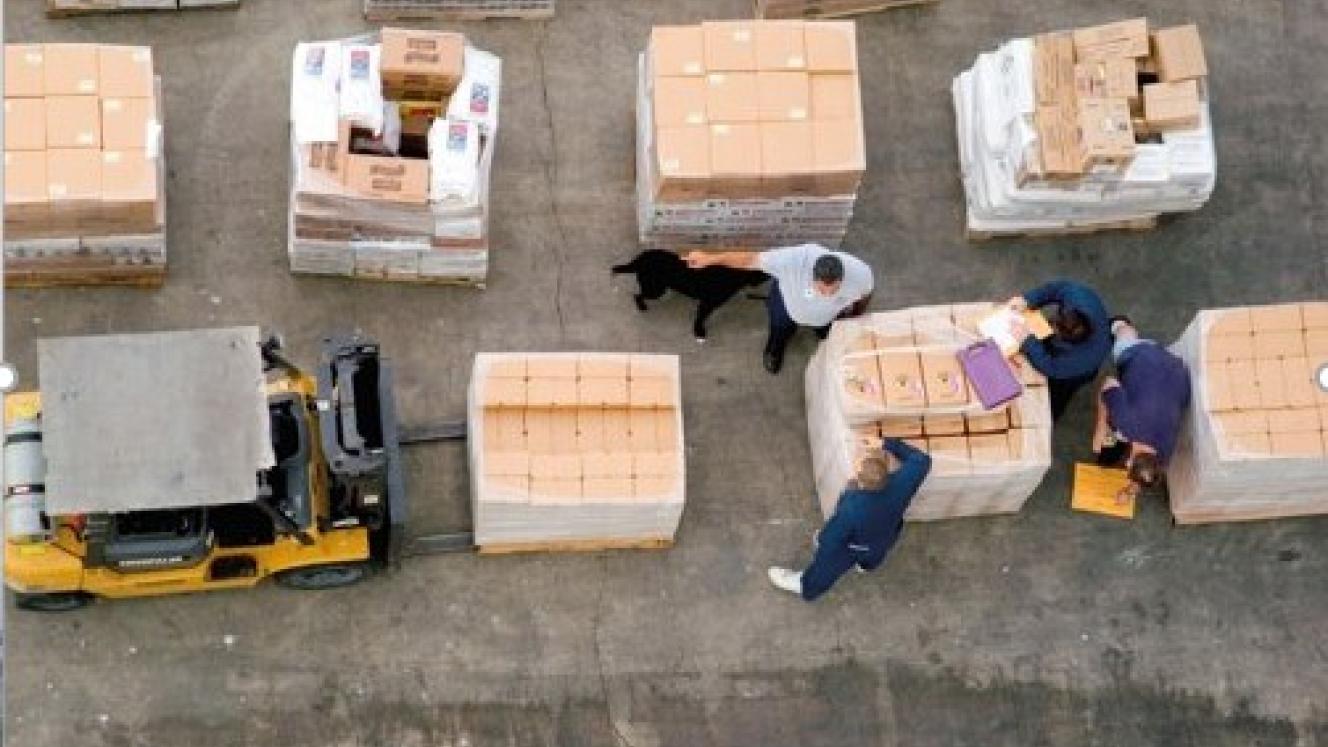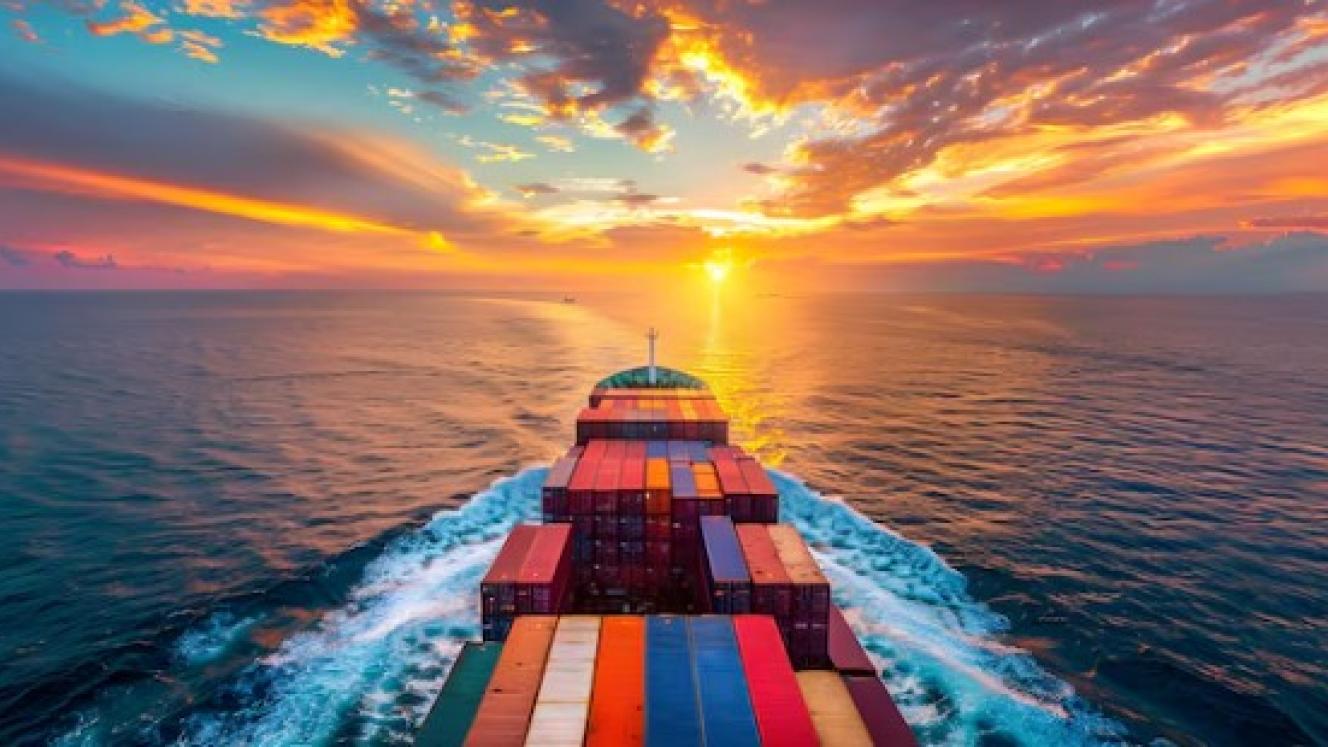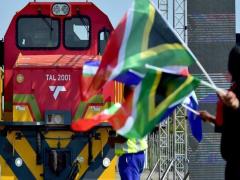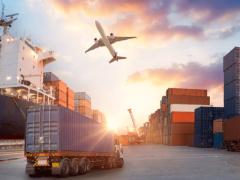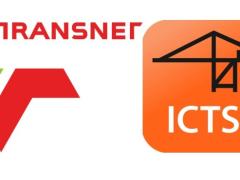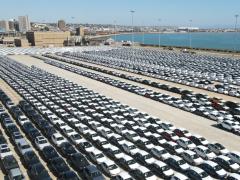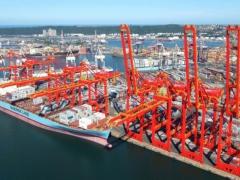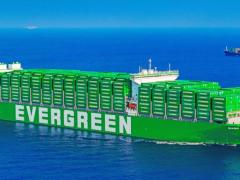Criminal networks, driven to grow profits and expand their illegal drug smuggling activities, are increasingly working to infiltrate and control major logistical points, such as European ports of entry.
This was the warning from Europol when it released a joint analysis report of crime in the ports of Antwerp, Hamburg/Bremerhaven, and Rotterdam on Wednesday.
The policing agency drafted the report, entitled Criminal Networks in EU Ports: Risks and challenges for Law Enforcement, together with the ports' security steering committees, to assess the threat of infiltration of port infrastructure by organized crime in busy EU ports.
Europe's three biggest ports are among the most targeted by criminal infiltration.
The main way criminals do this is through the corruption of shipping companies' personnel, port workers, importers, transport companies and representatives of national authorities who are required to secure the entry of illegal shipments.
Europol said in a statement that the main findings of the joint analysis were that criminals were using misappropriated container reference codes, for so-called PIN code fraud, which is gaining traction as a modus operandi for removing illicit goods from the ports.
This modus operandi minimizes the risks of losing merchandise as it requires the corruption of fewer people.
Europol explained that the exploitation of container reference codes requires the corruption of just one individual, along with a Trojan horse style infiltration of extraction teams, who are paid 7-15% of the value of the illegal shipment.
"Criminal networks arrange the infiltration of ports by coordinating local networks of corrupted port insiders.
“As a side effect of the criminal operations in ports and the rivalry it entails, violence often spills out of major transportation hubs onto the streets of surrounding cities, where competition for distribution takes place," Europol said.
The law enforcement agency’s executive director, Catherine De Bolle, said criminal networks were working closely to evade security at land borders and at air and maritime ports.
"They have one thing in mind – profit.
“An effective response is closer collaboration between the public and private sectors – this will make both sides stronger.
“This report, the first ever created in cooperation with the ports of Antwerp, Rotterdam, Hamburg/Bremerhaven, is part of building this common front.
“This information exchange has led to deeper knowledge, which is the most effective weapon against organized crime," De Bolle said.
The main recommendations of the report included the need to enhance international information exchange on criminal network activities in ports with Europol and EU member states and to implement public partnerships to tackle the problem.
Continuous attention must also be paid to the integration of security features in the design of port infrastructure, the report proposed.
EU commissioner for Home Affairs, Ylva Johansson, said the report illustrated the level of criminality authorities were facing in ports.
"It lays bare the sophistication of criminal drug gangs, their strength, and their savagery.
“The drug traffickers promote corrupt actions and practices sometimes by bribery, sometimes by intimidation.
“We are working with authorities at all levels to strengthen systems in the fight against the criminal activity this report outlines," Johansson said.
Maritime ports in the EU handle about 90 million containers a year, but authorities are able to inspect only between 2-10% of these.
Meanwhile, Europol said it was estimated that in the last few years, at least 200 tonnes of cocaine have been trafficked through the ports of Antwerp and Rotterdam alone.
"This logistical hurdle represents a challenge for law enforcement and an opportunity for criminal networks needing to access logistical hubs to facilitate their criminal activities. Such criminal networks have therefore infiltrated ports in all continents,” Europol said.
